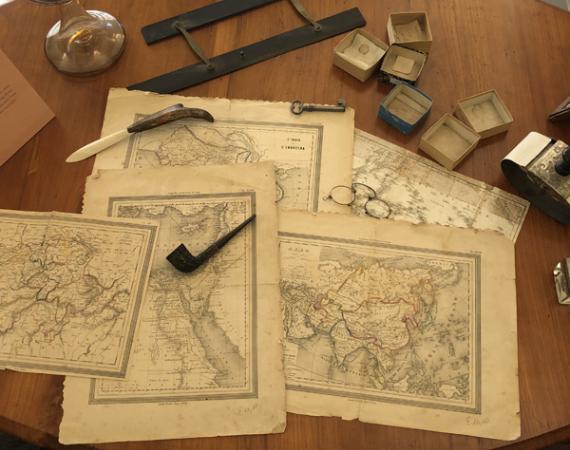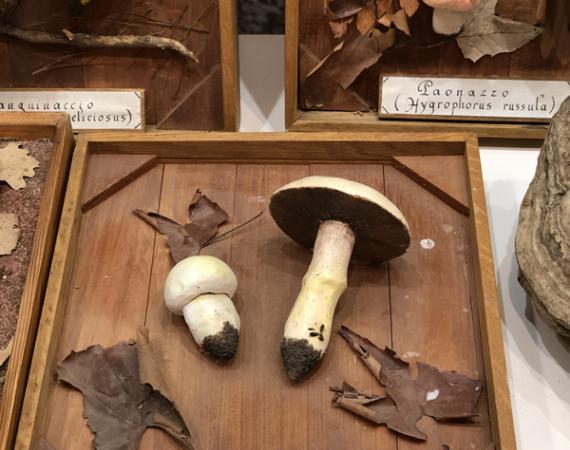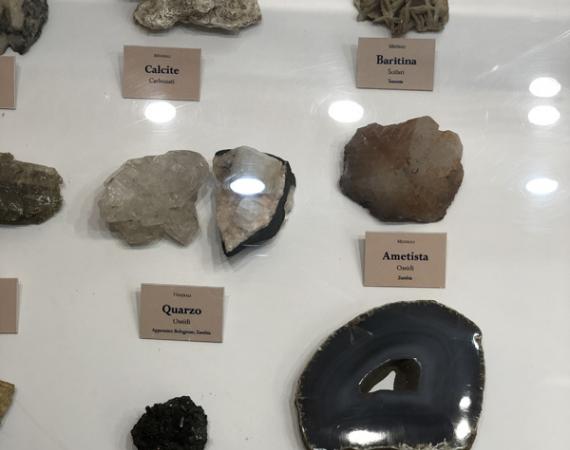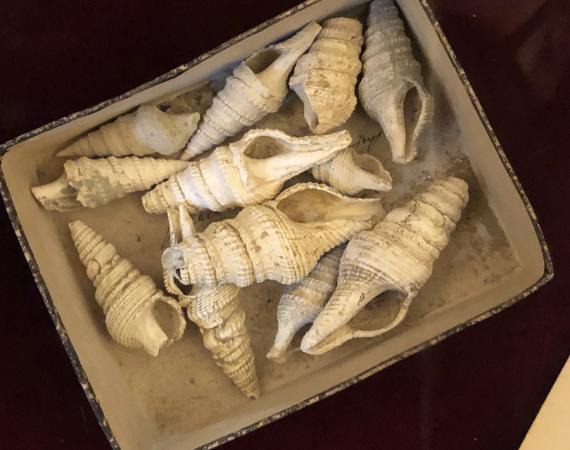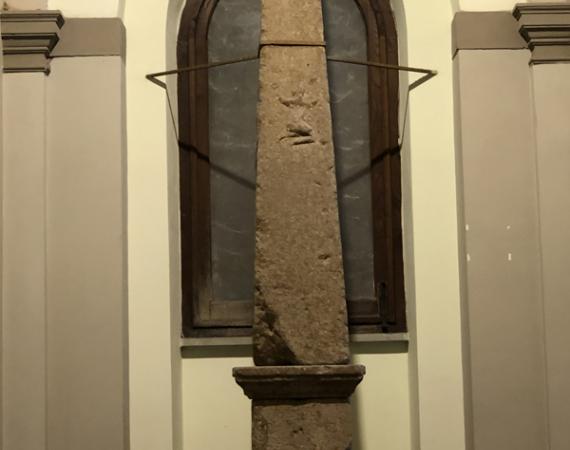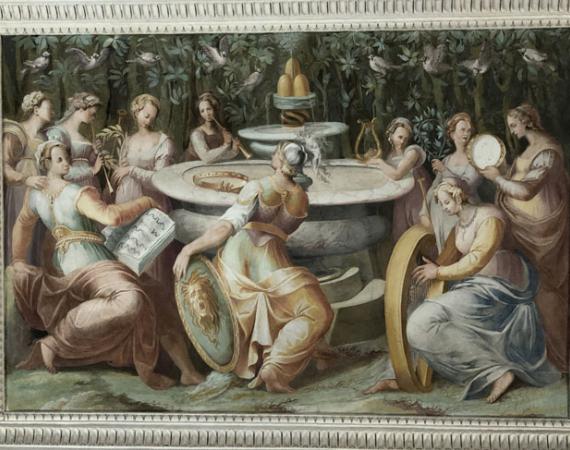Corgna Palace
Corgna Palace is the most important among the stately homes in Città della Pieve. Its location, in front of the Cathedral Church, is also significant from an urban point of view as it is located on the intersection of the main roads into the town. Its construction was due to the will of Ascanio della Corgna, appointed in 1550 by his uncle Julius III del Monte, Perpetual Governor of Castel della Pieve. Already in 1529 the town was subtracted from the Legation of Perugia and entrusted to the papal nominated governors.
Therefore the episode blends into the climate of centralisation of the power of the Church State. Corgna Palace is a residence that represents a precise neo-feudal will, just like the admirable examples of Farnese Palace in Rome and the homonymous Villa of Caprarola. The building shows the hand of Galeazzo Alessi: the close relationship and discipleship that existed between Ascanio della Corgna and the Perugian architect was well-known, as reported in the sources of that time. Works must have just started when his uncle Julius IIl died in 1555. More certainly they had to resume in 1561 when, after the confiscations exercised by Paul IV, Ascanio’s benefits were reinstated, so much so that he was nominated by Pius V, in November 1563, Marquis of Castiglione del Lago and Castel della Pieve together with his brother, Cardinal Fulvius. But in 1564 works were interrupted insofar as the people of Pieve were hostile to Ascanio’s feudal impositions and obtained the detachment of Castel della Pieve from the Marquisate.
The unfinished palace thus reflects the adventurous life and mixed fortunes of the restless Ascanio, protagonist of countless feats of arms, especially among which was his participation in the Battle of Lepanto (1571) against the Turks as Master of Camp of the papal armies. The internal rooms, just like the monumental stairways, have frescoed decorations with grotesques and large mythological and sacred panels, according to a representative scheme typical of 16th century Rome. Among the most important rooms is the Governor’s Hall on the ground floor, where the Tuscan Mannerist painter Nicolò Circignani, known as “The Pomarancio”, depicted the glorification of the families Corgna - del Monte in the “Concerto”, as soon as the same obtained the Marquisate at the end of 1563.

